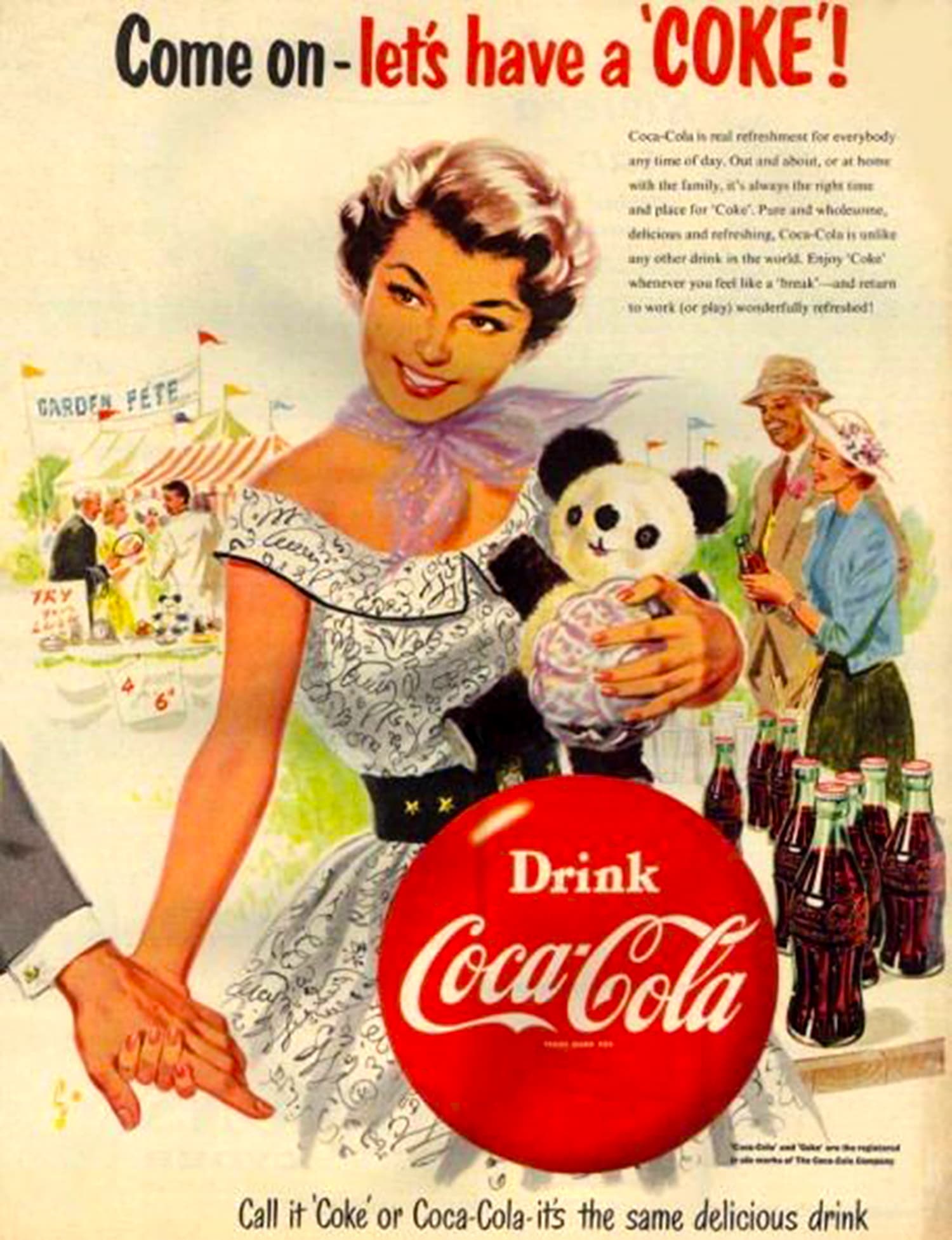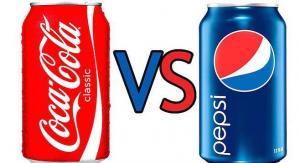

Kendall opened China to the company’s products and in 1970 moved its headquarters from New York City to a sprawling campus in suburban Purchase, N.Y., designed by Edward Durell Stone. two children from his first marriage, Edward and Donna Kendall and 10 grandchildren.ĭuring his eventful tenure with PepsiCo, Mr. In addition to her, he is survived by their two children, Kent and Donald Kendall Jr. In 1965 he married Sigrid Rüdt von Collenberg, who is known as Bim, a German baroness. His first marriage, to Anne McDonell, ended in divorce. He was shot down near the Philippines, awarded the Distinguished Flying Cross and joined Pepsi-Cola after returning home in 1947. He enrolled in Western Kentucky State Teachers College (now Western Kentucky University) in Bowling Green on a football scholarship but left to enlist in the Navy as a bomber pilot during World War II. Augusto Pinochet.ĭonald McIntosh Kendall was born on March 16, 1921, on a dairy farm in Sequim (pronounced squim), Wash., to Carroll and Charlotte Kendall. Allende was deposed in 1973 by the military and replaced by the dictator Gen. Kendall introduced Nixon to a Chilean media magnate and Pepsi bottling-plant owner who was seeking Washington’s help in overthowing President Salvador Allende, who had been democratically elected in Chile on a Marxist platform. Bush’s national security adviser, according to The Times.Īccording to government documents and the 2007 book “Legacy of Ashes: The History of the C.I.A.,” by Tim Weiner, a former Times reporter, in 1970 Mr. Kendall remarked to Brent Scowcroft, President George H.W. “We’re disarming the Soviet Union faster than you are,” Mr. “Cola Captivates Soviet Leaders,” The New York Times headline proclaimed.Ī manufacturing agreement was finally signed in 1973 after both parties overcame currency exchange complications: PepsiCo accepted Soviet-made Stolichnaya vodka as payment instead of rubles.Īs the Soviet Union was collapsing in the late 1980s, PepsiCo struck another deal: It would get to open two-dozen plants behind the corroding Iron Curtain by agreeing to buy 17 Russian submarines and three surplus warships for scrap.

Kendall poured Pepsi into a paper cup for the premier, who promptly declared the beverage “very refreshing.”

“I told him that somehow, I had to get a Pepsi in Khrushchev’s hand.” “I went to Nixon the night before, at the embassy, and told him I was in a lot of trouble at home because people thought I was wasting Pepsi’s money coming to a Communist country,” Mr. Kendall’s request, Nixon steered Khrushchev to the Pepsi display. And he bought the international division of 7Up, in 1986.Īt Mr. He sought to woo “the Pepsi Generation” by spending a fortune on a Michael Jackson advertising blitz. He gambled that consumers would take to Diet Pepsi while Coke was more tentatively marketing its sugar-free formula as Tab. When Coca-Cola’s reformulated “New Coke” was tepidly received by consumers in 1985, he capitalized on his rival’s disappointment by promoting Pepsi even more. He served as chairman for two decades, until 1991, five years after he had retired as chief executive at 65.ĭuring his tenure he launched an audacious advertising campaign called “the Pepsi challenge” - blind taste tests suggesting that Coca-Cola aficionados actually favored the flavor of Pepsi. He was named vice president of national sales at 31, then, beginning in 1957, headed the company’s international division, doubling the number of countries in which the brand was sold by the time he left that post in 1963 to become Pepsi-Cola’s president and chief executive at 42. Prematurely gray since high school, he never found youth to be a handicap in rising swiftly through the company’s ranks. Kendall spent 44 years with Pepsi, beginning as a bottling plant worker in New Rochelle, N.Y., and then a fountain syrup salesman in Atlantic City. Raised on a Washington State dairy farm and never completing a college degree, Mr. His family announced his death in a statement. Kendall, a former soda salesman who as the head of Pepsi challenged Coke in a worldwide cola war and personally promoted his brand as the first American consumer product made and marketed in the Soviet Union, died on Saturday at his home in Greenwich, Conn.


 0 kommentar(er)
0 kommentar(er)
